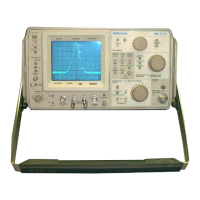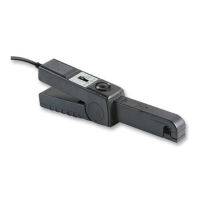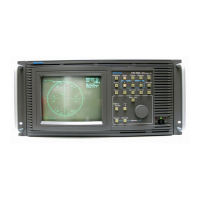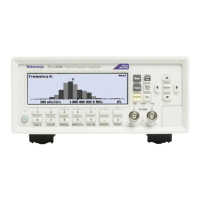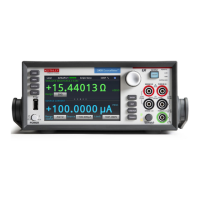Specifications
Table 32: Eye Diagram Dis play characteristics (cont.)
Characteristic Performance requirement Reference information
Vertical
800 mV ± 5% with an 800 mV
p-p
input.
Horizontal
Indicated time per division ±1%.
Eye Derived Measurements
(Option PHY)
Option measurements i nclude: Eye
Amplitude, Eye Risetime, Eye Falltime, and
Eye Risetime – Falltime.
Eye Amplitude Measurement
Accuracy, typical
± 10 mV relative to cursor measurement on
displayed eye.
Measurements are valid on a clean signal
only. Excess jitter, overshoot or other
aberrations will reduce the accuracy.
Absolute accuracy is limited by Vertical Scale
Accuracy.
Eye Risetime / Falltime
Measurement Accuracy,
typical
± 20 ps r elative to cursor measurement on
displayed eye.
Measurements are valid on a clean signal
only. Excess jitter, overshoot or other
aberrations will reduce the accuracy.
Absolute accuracy is limited by the inherent
rise time of the eye display.
Equalized E ye Display
Shows eye from input after it has gone
through equalizer.
Allows limited use of eye at long cable length.
Equalizer adds some jitter.
Table 33: Jitter Display characteristics (Option PHY)
Characteristic Performance requirement Reference information
Type Displays numerical and graphical readouts
of peak-to-peak jitter.
Ji
tter derived from demodulated recovered
clock as described in SMPTE RP192-2003.
Option PHY adds Jitter Waveform display.
High Pass F ilter
Waveform Rasterizers Specifications and Performance Verification 1 9
